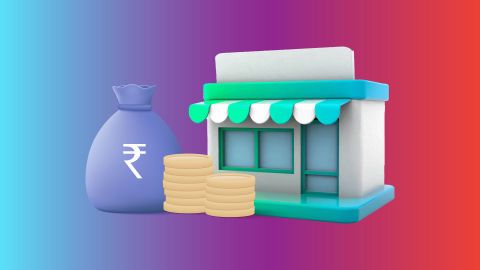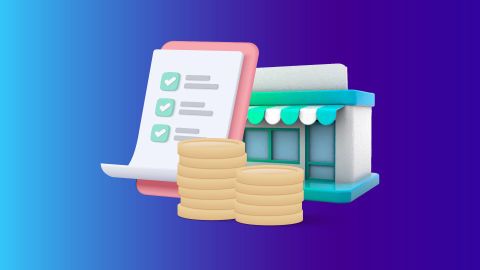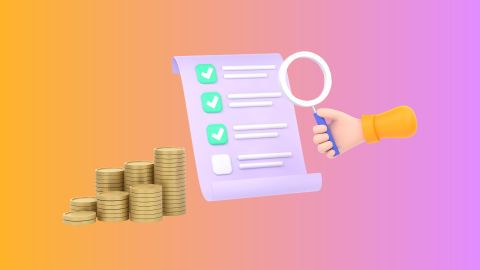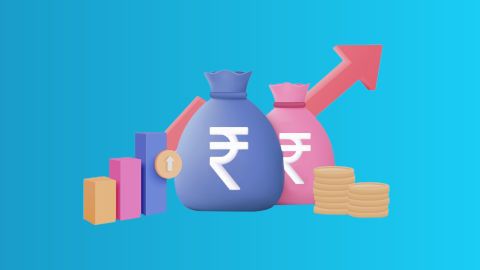Key features of an ecommerce business include:
A website with its own unique web address (URL)
Presence on social media or online selling platforms
Safe and secure payment systems
A virtual shopping cart for customers
A checkout process that accepts payment options like credit and debit cards
An online business often uses text, images, and design to create a clear and attractive look. Branding tools like a name or logo also help the business present itself and its products effectively online.
Benefits of starting an ecommerce business
Running a business online offers many benefits:
Reach customers across the world, not just in your local area.
Start and run your business with lower setup and running costs.
Stay open 24/7, so people can shop anytime, from anywhere.
Use data and analytics (like clicks and sales) to make smarter business decisions.
Use online ads and promotions to connect better with your audience.
How to start an ecommerce business from scratch in 5 steps
Starting an ecommerce business involves strategic planning and execution. Here is how you can begin:
Step 1: Research and validate your business idea
Before launching, it’s crucial to research the market and validate your business idea to ensure it meets a real need or solves a problem. Key pointers include:
- Market research: Analyse market trends, potential competitors, and target demographics.
- Validation: Test the idea through surveys, focus groups, or a minimum viable product to gauge potential customer interest.
Step 2: Source products
Once your idea is validated, the next step is sourcing products to sell:
- Manufacture or wholesale: Decide whether to produce your own products or buy from wholesalers.
- Supplier relations: Build relationships with reliable suppliers to ensure quality and timely delivery.
- Inventory management: Plan how you will manage inventory, considering storage space and capital.
Step 3: Choose an online selling channel
Selecting the right platform is critical for your ecommerce success:
- Own website: Consider building your own ecommerce website for full control over brand and customer experience.
- Marketplaces: Leverage platforms like Amazon, eBay, or Etsy to benefit from their vast traffic and credibility.
- Combination: Use a combination of both to maximise reach and sales potential.
Step 4: List and optimise products
Effective product listings are vital:
- High-quality images: Use clear and high-quality photos from multiple angles.
- SEO-friendly descriptions: Write detailed, keyword-rich product descriptions.
- Optimisation: Continuously test and optimise product listings based on customer feedback and analytics.
Step 5: Market and promote Your ecommerce shop
Promotion is key to driving traffic and sales:
- Digital marketing: Utilise SEO, social media, email marketing, and online advertising.
- Promotions: Offer discounts, bundles, and promotions to attract and retain customers.
- Customer engagement: Engage with customers through social media and customer support.
If you're just starting out with limited funds, consider applying for a micro loan to support your initial marketing and promotional expenses. Check your pre-approved business loan offer to see if you qualify for instant funding tailored to your ecommerce growth plans.
Best practices for starting an ecommerce business
Things to keep in mind when starting an eCommerce business
Start with strong basics
Do good market research to understand your customers and competitors.
Pick a business idea that matches your interest, market demand, and trends.
Make a simple business plan with your goals, how you’ll earn, and how you’ll measure success.
Make your website easy to use
Choose an eCommerce platform that suits your needs.
Use clear product descriptions, good-quality images, and keep your website secure.
A clean and simple design makes shopping easier for customers.
Build customer trust
Create a strong and consistent brand name, logo, and message.
Offer great customer service. Listen to feedback and use website data to improve your service.
Happy customers are more likely to return.
Prepare to grow
Pick tools and platforms that can handle more customers as your business grows.
This will help you expand smoothly without slowing down your operations.
Try different marketing ideas
Stay updated on trends by following social media and online business forums.
Try different marketing strategies, check what works best, and make changes based on results.
This helps in long-term growth and better performance.
How much does it cost to start an ecommerce business?
1. Legal & Registration Costs
Business Registration:
Sole Proprietorship: Rs. 1,000–Rs. 3,000
Private Limited Company: Rs. 8,000–Rs. 15,000
One Person Company (OPC): Around Rs. 8,000–Rs. 12,000
GST Registration: Mandatory once turnover exceeds Rs. 40 lakh (Rs. 20 lakh in some states). Free via government portal; CA or agent assistance may cost Rs. 500–Rs. 3,000
Shops & Establishment / Licences & Permits: Rs. 500–Rs. 10,000 depending on the state
2. Website Setup & Technical Costs
Domain: Rs. 500–Rs. 2,000 per year
Hosting: Rs. 3,000–Rs. 15,000 per year for shared hosting; cloud or VPS can cost more
Platform & Design:
Basic website: Rs. 15,000–Rs. 50,000
Mid-range: Rs. 50,000–Rs. 2 lakh
Advanced or customised: Rs. 2 lakh – Rs. 10 lakh+
SSL Certificate: Rs. 1,000–Rs. 5,000 per year
Payment Gateway Fees:
Setup: Rs. 2,000–Rs. 5,000
Transaction charges: 1.5%–3% per transaction
3. Inventory & Shipping Costs
Dropshipping model: Extremely low upfront costs, often around Rs. 10,000 to start
Stock-based model: Expect to spend Rs. 85,000–Rs. 1,00,000 for initial inventory
4. Ongoing & Operating Costs (Monthly)
Website maintenance: Rs. 1,000–Rs. 5,000
Marketing & acquisition cost: Rs. 5,000 to several lakh rupees per month, depending on strategy
Logistics: Varies widely; depends on courier services, packaging, COD, and geography
5. First-Year Budget Estimate
Taken together, a modest yet functional ecommerce venture might require around Rs. 85,000–Rs. 1,00,000 in the first year (including registration, setup, initial stock if needed, and basic promotion)
6. Funding Options for Indian e‑commerce Startups
Personal savings: The most common source for initial funding
Family and friends: Informal and flexible support
Bank loans: Require solid documentation like business plans and sometimes collateral
Alternative finance: Options such as revenue-based financing through NBFCs are emerging
Conclusion
Launching an ecommerce business offers an exciting opportunity to tap into the global market and operate a store that can run 24/7, reaching customers far beyond any geographical boundaries. With diligent planning, strategic sourcing, careful selection of selling platforms, effective product listings, and robust marketing efforts, entrepreneurs can establish a successful online presence. As the ecommerce landscape continues to evolve, staying adaptable and responsive to market trends and consumer preferences will be key to sustained success. For those needing additional funding to scale their operations or invest in marketing and inventory, exploring options for a business loan or a secured business loan can provide the necessary capital to accelerate growth.
Helpful resources and tips for business loan borrowers






